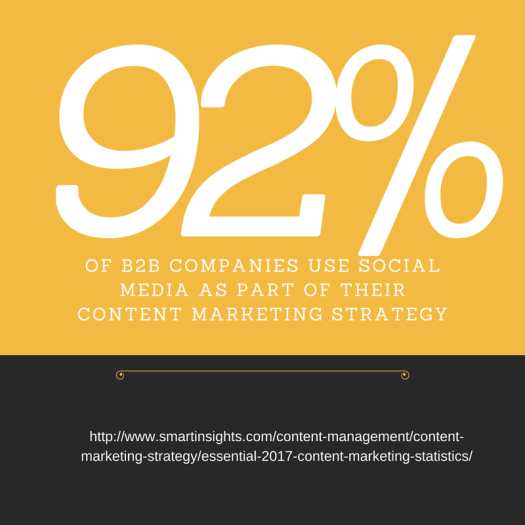
If you’re exploring ways to market your business, you’ve probably heard of content marketing. And if you haven’t heard of it, you’ve been exposed to it for over a decade without realizing it. Which is the point!
Content marketing is a tough for many companies to wrap their heads around because it requires at the very least an investment of time (which normally means hiring someone to execute the content during that time, unless you’ll do it yourself) but it also requires that there’s no hard sell on the majority of that content.
According to the Oxford dictionary, content marketing is:
A type of marketing that involves the creation and sharing of online material (such as videos, blogs, and social media posts) that does not explicitly promote a brand but is intended to stimulate interest in its products or services.
But that’s still not too helpful in understanding how it will work for your business. I’ll break it down.
What Are Some Content Marketing Examples?
Have you ever considered buying a product, then spent some time looking around the company’s website? This is very common especially if the item you’re purchasing is a little confusing like a technical service or financial product.
Or have you considered buying a product from a company on Instagram but spent some time scrolling through their pictures before making a decision?
Those are examples of when content marketing was a tool in closing the deal. The key to good content marketing is to not let people know you’re doing it. That’s why before now you may not have even realized you were being marketed to.
Click around this sites of some of your favorite companies and take a look at their blog and how their content is structured. If you find a great example, please share with us all in the comments!
How Does Content Marketing Work?
This is the hardest part to explain to companies because content marketing works by not directly marketing. In fact, most blog posts, videos, etc. shouldn’t have any kind of hard sell in them. You’re building up trust with your audience and proving that you have value to them before they even become a customer.
Providing value is especially important in younger generations like Millennials and Gen Z who look into the companies they’re making purchases from.
Let’s make up a content marketing example for a fictional company that sells reusable eco-friendly plates. This week they posted a blog about Continue reading “What is Content Marketing?”








